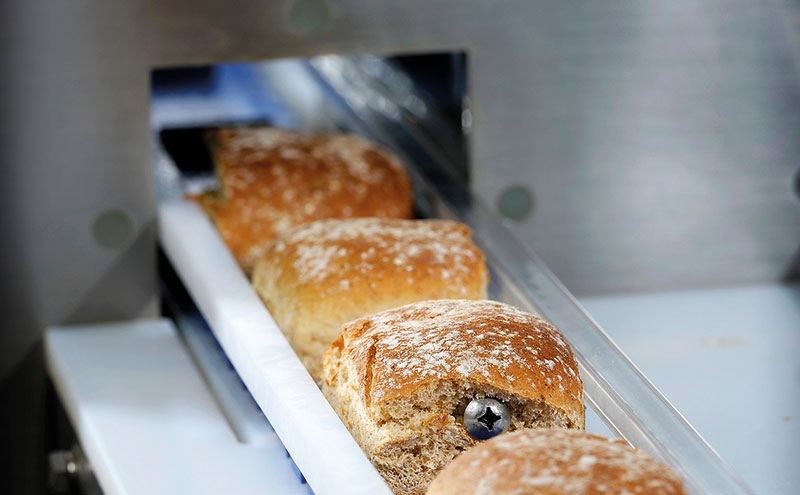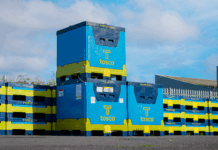Consumer perceptions and a high profile product recall can make or break a food brand. The damage, if left unchecked, can come back and haunt a company for years to come. Phil Brown, managing director at Fortress Technology outlines why paying attention to metal contaminant risks continues to be the mainstay of a robust brand protection programme and why it doesn’t pay to take a maverick approach to product inspections.
Phil emphasises, “Consumers today are more aware than ever about where their food has come from and how it’s being handled right across the supply chain. As a result of new legislation, domestic and foreign food exporters are under greater pressure to adhere to increasingly stringent levels of compliance and third party audits, whilst also having to contend with an ever-changing inspection market.”
Any contamination is a food safety issue that can have an incendiary effect on a food company’s reputation. With social media and 24-hour news reporting, a single contamination incident can make national headlines almost instantly. The reputational and financial consequences can be devastating.
Calculating the true cost of a food recall is challenging, as no incident is the same as the next, Phil notes.
“Manufacturers need to consider the scale of the recall, how many customers their potentially contaminated product has reached, the stage in which the item is recalled, any fines or penalties incurred, and the drain on resources and business interruption at the production plant,” he comments.

Of all the potential contaminants, metal is still the most likely risk in a food processing and packing plant. In the raw ingredient phase, food is exposed to different processes. Later down the line, you may be packing and cutting larger quantities into more convenient single service portions, creating ready meals using multiple ingredients or preparing ready-cut vegetables – again introducing a possible metal contaminant into the food supply chain.
Supply chain transparency and the speed in which you can publicly pinpoint the source of a metal contaminant are imperative and can minimise the damage to brand reputation. HACCP guidance states critical control points (CCPs) should be located at any step where hazards can be prevented, eliminated, or reduced to acceptable levels. Food manufacturers will typically take a cautious approach, inserting more than one metal detector between the beginning and end of the production and packing process. These checkpoints should correspond to the identified CCPs, depending on the predominant risks.
When assessing the risks, cost of the product at each checkpoint needs to be factored in. If, for example, you pushed your inspection solely the end of the line, any contamination will be caught at the most expensive part of the production process. “Catching a metal contaminant in the raw ingredient stage may cost several hundred pounds as opposed to tens of thousands if you have to recall or waste an entire batch of processed and packaged product,” explains Phil.
Phil cautions against short-term thrift when measuring food safety risks and protecting brand equity. “It’s important when investing in inspection equipment to look beyond the upfront costs and consider the overall equipment effectiveness and total cost of ownership and factor in the feasibility of upgrading legacy systems.
“Always try to base your inspection machine decision on the most prevalent food safety risks, and be sure that any technical advantage will actually add value.”














